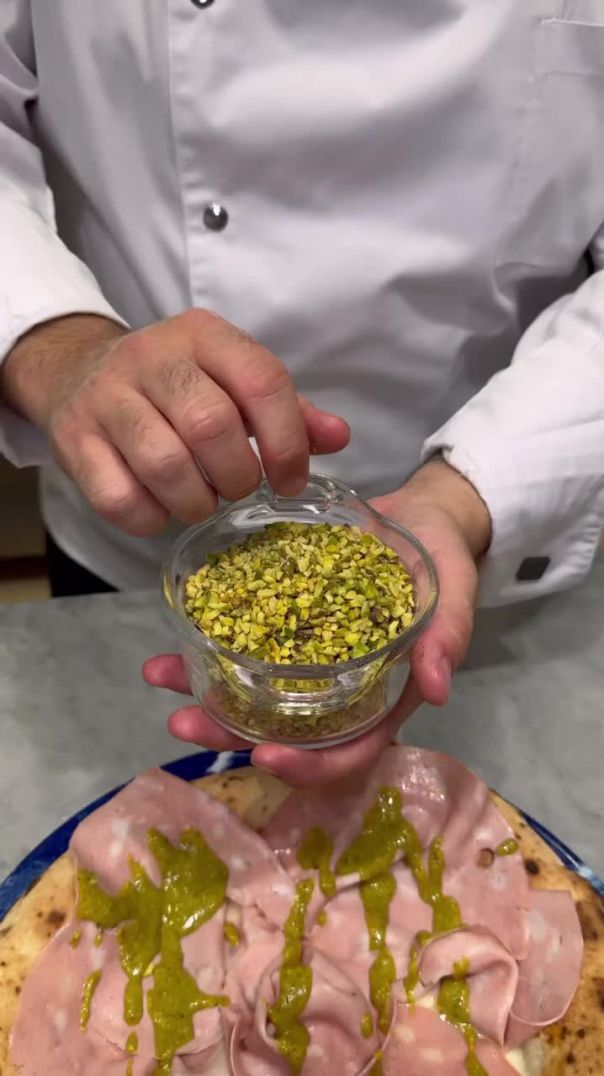12 Views· 20 August 2022
Ancient MAYAN FOOD - Jungle Cooking in MAYA VILLAGE in Quintana Roo, Mexico!
Ancient Mayan food in Quintana Roo, Mexico!
►SUBSCRIBE for 2 new videos per week: http://bit.ly/MarkWiensSubscribe
►T-shirts available now: https://migrationology.com/store/
One of the experiences I really wanted to have when I visit the Quintana Roo state of Mexico, was to learn about, cook, and eat authentic ancient Mayan food. So we rented a van, and drove over to the small jungle Mayan village of Chunhuhub, to meet up with Kíichpam K'áax (https://selvabonita.com/en/home/), who are aiming to preserve their Mayan culture.
It was about a 3.5 hour drive to get to Chunhuhub from Playa Del Carmen, so by the time we arrived we were all pretty hungry. We walked through the milpa (Mesoamerican crop growing system), and finally to the kitchen within the jungle of the property.
They were already busy cooking, preparing a few traditional Mayan foods, like a variety of tamales and cochinita pibil. They prepared everything to be cooked in the pib, the ancient Mayan traditional way of cooking - an underground hot rock oven (there are many cultures around the world who have used or still use a similar underground cooking technique).
Tok-sel - One of the most fascinating dishes they cooked was white beans, and they took a hot rock out of the fire, stuck it into the pan with the beans, and roasted them with the rock. It was incredible to see, and the beans had an incredible ummai flavor to them. They were delicious especially when paired with freshly made corn tortillas.
Achiote (annatto) - An interesting ingredients, used commonly in Mayan food and cooking, is achiote, a pod filled with red / orange fruit. It has a slight pepper and lemony taste, and also makes everything that uses it, bright orange.
Cochinita pibil - One of the main ingredients in cochinita pibil is achiote. They had pre-marinated it, and it cooked underground as well. The flavor of the pork was amazing, and with tortillas, onions, and salsa, it was truly support.
We had a number of different tamales as well, all of which were totally different from any tamales I’ve ever had. They were hearty and packed full of corn and beans, and very filling. They were a little on the dry side, but I fully enjoyed learning about them, and watching them being made. The different leaves, including the hoja santa, was great to learn about.
Special thanks to Centro Ecoturistico Kíichpam K'áax (https://selvabonita.com/en/home/) for putting everything together. They have an eco lodge and offer various off the beaten path activities like this.
Map data ©2018 Google
Thank you for watching this food in Mexico - ancient Mayan food video. It was an incredible experience to learn, cook, and eat, traditional Mayan food!
MUSIC: https://www.audionetwork.com/
***CAMERA GEAR*** I used to make this video (these are affiliate links):
Main camera: http://amzn.to/2sV0XQO
Main lens: http://amzn.to/2szLZNf
2nd lens: http://amzn.to/2EjBeEg
Microphone: http://amzn.to/2rBKD3z
Drone: http://amzn.to/2CrtAHz
I would love to connect with you!
Instagram: https://instagram.com/migrationology
Facebook: https://www.facebook.com/migrationology
T-shirts available now: https://migrationology.com/store/



























0 Comments